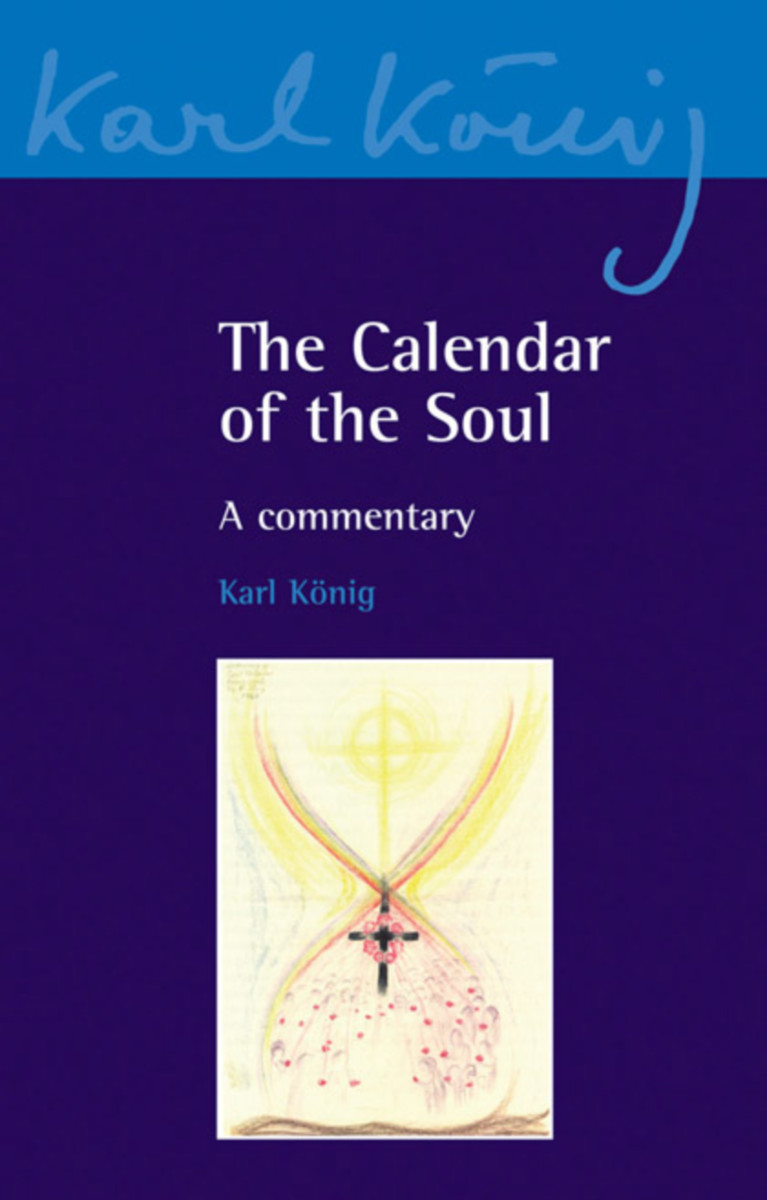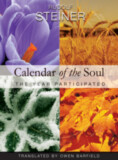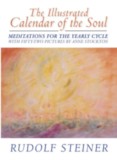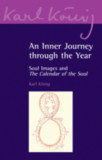Contributions by Christof-Andreas Lindenberg and Richard Steel
Series edited by Richard Steel
- Publisher
Floris Books - Published
1st May 2011 - ISBN 9780863157844
- Language English
- Pages 352 pp.
Karl König meditated intensely on the fifty-two weekly verses of Rudolf Steiner’s Calendar of the Soul. He often encouraged his colleagues to find inner strength from the verses and wrote this commentary as a guide for them, drawing out the patterns through the course of the year. Also included are lecture notes and additional essays.
This book will be a useful and inspiring guide for anyone who wants to better understand and experience Steiner’s Calendar of the Soul.
C O N T E N T S:
Editor’s Remarks
Introduction by Richard Steel
Karl König’s Work with the Calendar of the Soul in Camphill
by Christof-Andreas Lindenberg
Four Addresses about the Calendar of the soul
∞ Advent Address
∞ Whitsun Address
∞ Eve of St. John’s Day Address
∞ Impressions of South Africa
A Guide to the Anthroposophic Calendar of the Soul
The Metamorphosis of the Cross
∞ Color Plates
Essays about the Calendar of the Soul
∞ The Word “boding” (Ahnung)
∞ The Winter and Christmas Verses
∞ On the Words “Heights” and “Depths”
∞ The Sense of Self
∞ Heaven’s own Fruit of Hope
∞ Forgetting and Losing
Notes
Bibliography
Index of Verses
Index
Karl König
Dr. Karl König (1902–1966) born on September 25th 1902 in Vienna, Austria, the only son of a Jewish family who owned a shoe shop. He studied zoology, biology, and medicine at the University of Vienna, graduating in 1927. During his studies on embryology, König encountered the works of Rudolf Steiner through Goethe's scientific writings. He immediately identified with Steiner and was soon acquainted with a number of his followers, including Ita Wegman.
Upon graduation, König was offered several high-profile positions in Vienna, but instead accepted an invitation from Ita Wegman to join her clinic in Arlesheim, Switzerland.
König's time at the Clinic would shape the Camphill movement. It was here that he met his wife and co-founder, Tilla Maasberg, and it was here that he first witnessed the Advent Garden. During this festival, during which children with learning disabilities circle a spiral of moss, lighting a candle from a large central beacon, he promised to dedicate his life “to the care and education of these children.”
Following his time at Arlesheim, König moved to Germany and was involved in founding the Pilgramshain Institute—one of the early curative educational (therapeutic) centers based on anthroposophy. However, due to the political pressure of the Nazi regime, König was forced to leave Germany in 1936. He returned to Vienna, where he operated a successful medical practice and led anthroposophic study groups until 1938.
Fleeing Austria after Nazi annexation in 1938, König became part of a small group of doctors, teachers, and artists to be granted political asylum in the United Kingdom in 1939. König moved to Aberdeenshire, Scotland, where this group founded a home for children with learning disabilities, which became the beginning of the Camphill movement. After World War II, more schools were established, as well as curative education villages for adults with disabilities, based on the ideal of working together as a community.
In the following decades, König's Aberdeenshire community grew and expanded into Britain, Europe, and North America, becoming the Camphill movement we know today. During this period, König worked tirelessly to help children and adults with special needs through publications, talks, and seminars—as well as by establishing communities around the world.
Karl König returned to Germany in 1964 and began yet another community, this one near Überlingen, on Lake Constance (Bodensee), where he died in 1966.






